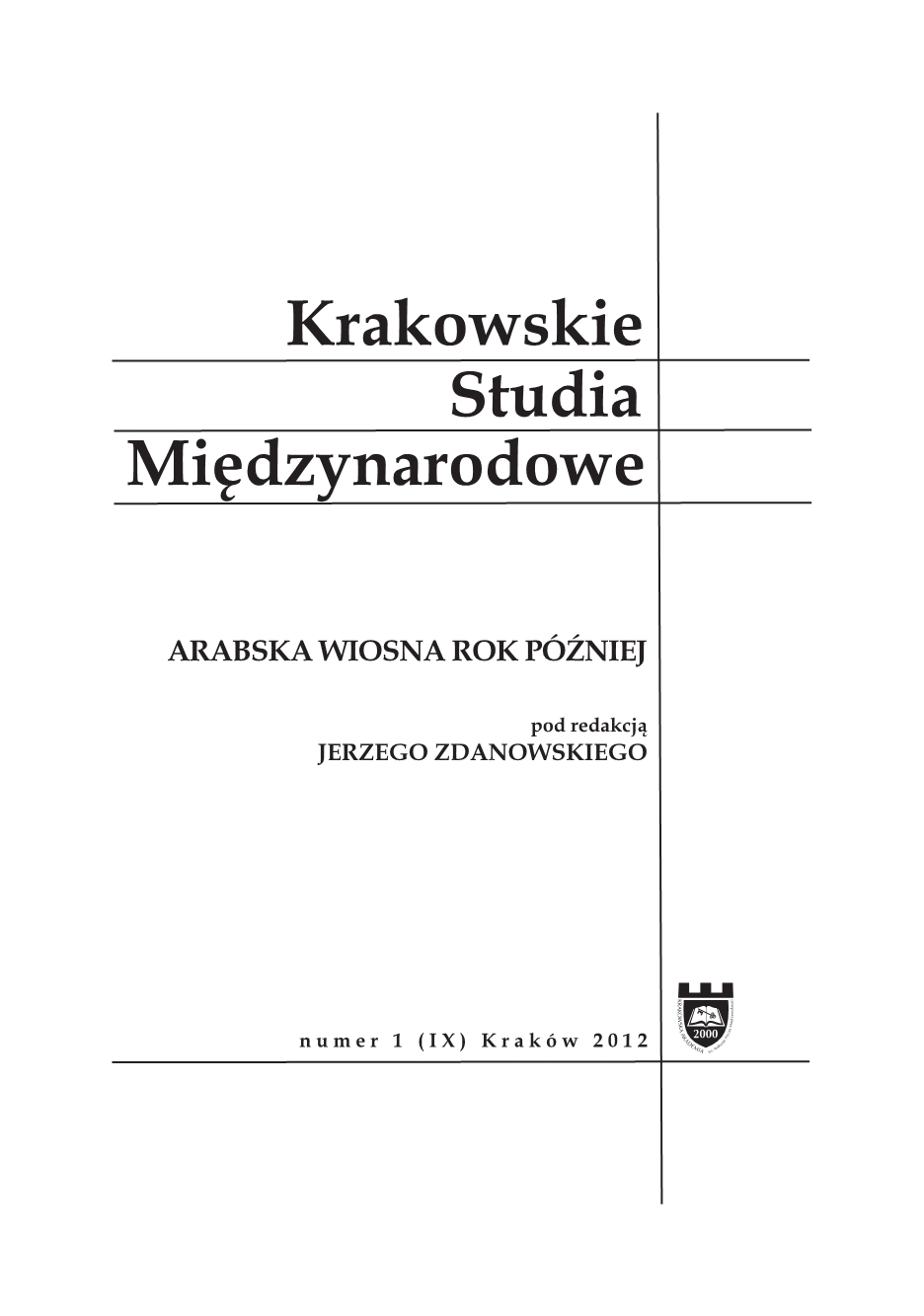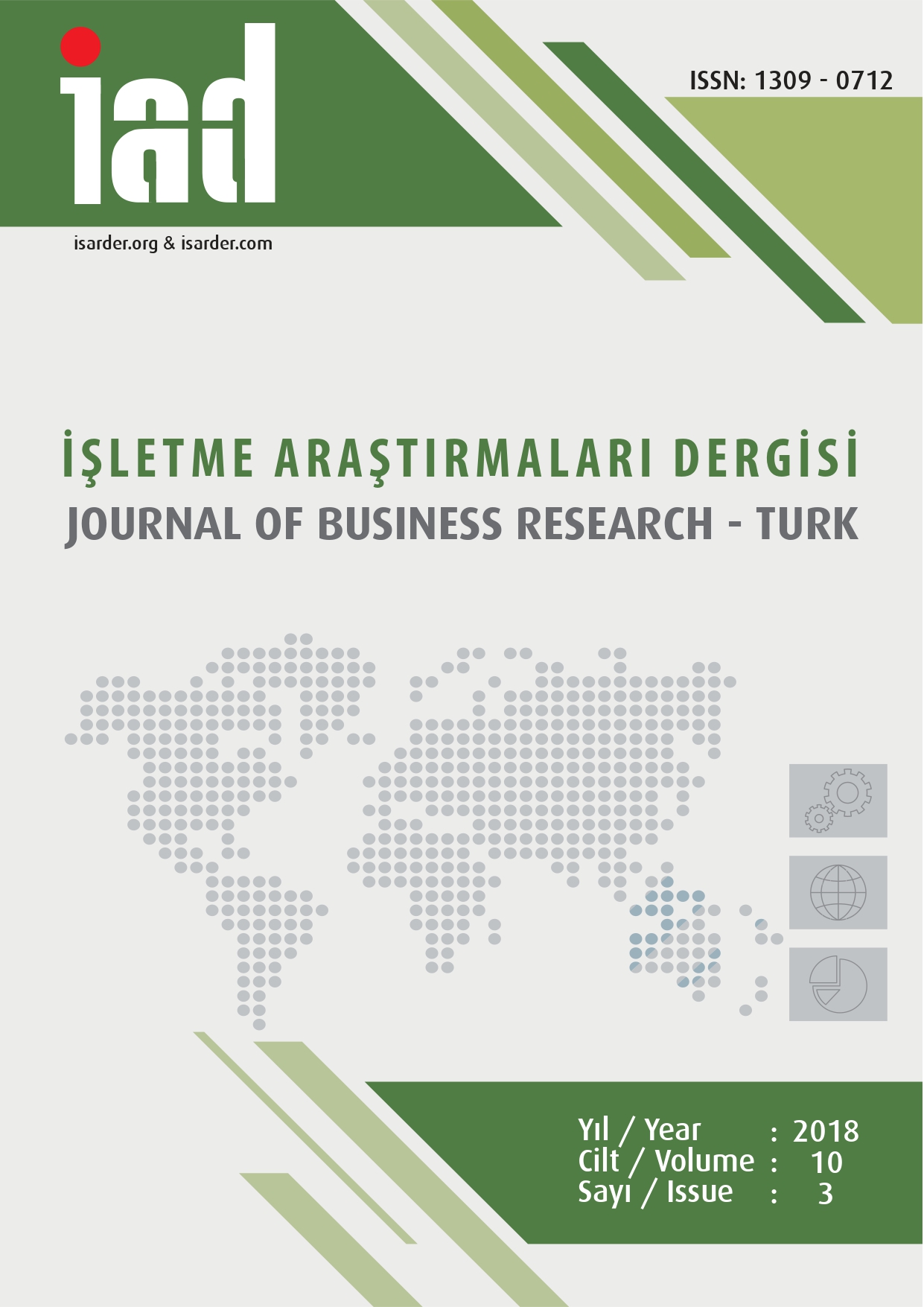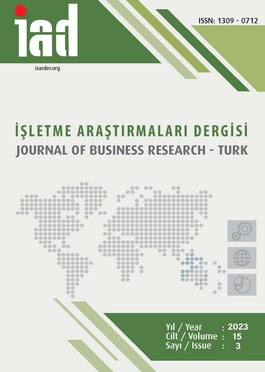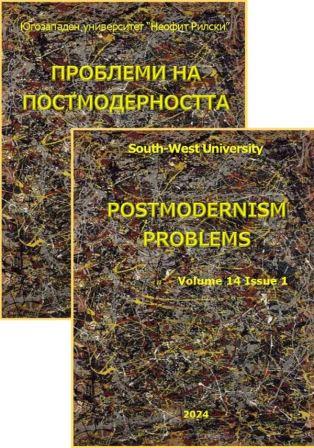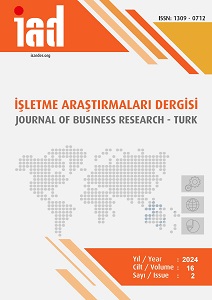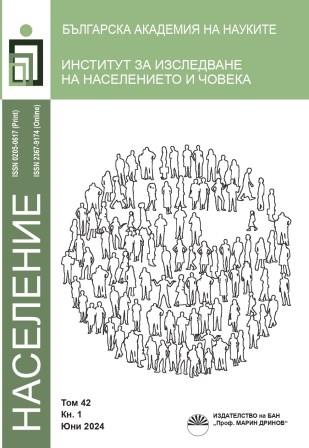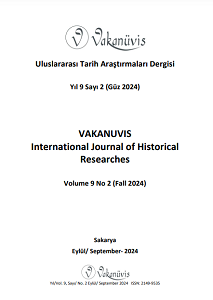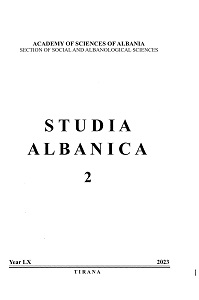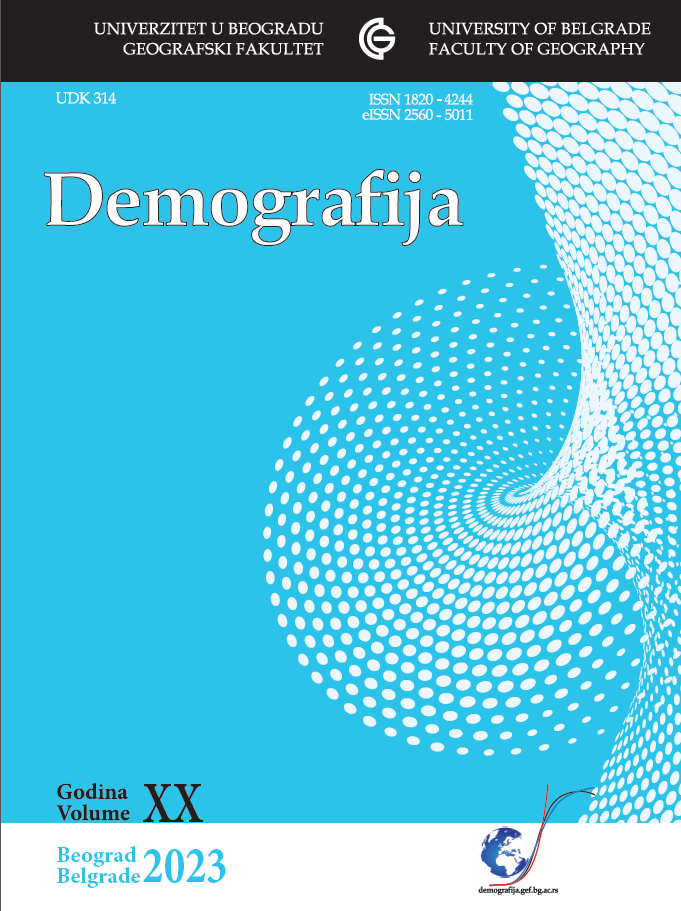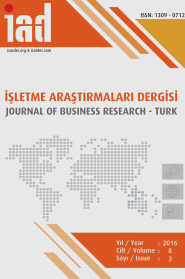
Determination of the Demographic Variables Predicting Accommodation Business Employees’ Organizational Commitment and Job Satisfaction through CHAID Analysis
The main objective of this research is to determine the demographic variables that affect job satisfaction and organizational commitment attitudes via CHAID analysis which is one of the decision tree techniques. CHAID analysis creates sub-clusters by grouping the factors that affect the dependant variable in line with their importance levels and allows the results to be understood and interpreted more easily by displaying the relationship between variables visually. The research was carried out with 821 employees working in five star accommodation businesses in Alanya, Turkey. Survey forms were used as data collection tool. The collected data were analyzed by descriptive statistics, cluster analysis and CHAID analysis. The results of the research point a strong positive relationship between organizational commitment and job satisfaction. According to the CHAID analysis results, age was the dominant demographic variable influential on job satisfaction and organizational commitment attitudes. It was also found that job satisfaction and organizational commitment scores of the employees differ significantly in terms of department, marital status, education, status and gender. As a result of CHAID analysis it was determined that “the housekeeping, bar and kitchen department employees in the age range of 18 to 27" and "the married male employees in the age range of 28 to 37” predominantly have negative job satisfaction and organizational commitment attitude. Another result of CHAID analysis has also revealed that “high school and college graduate employees in the age range of 38 to 47” and “48 and over” totally have positive attitude in terms of job satisfaction and organizational commitment.
More...
